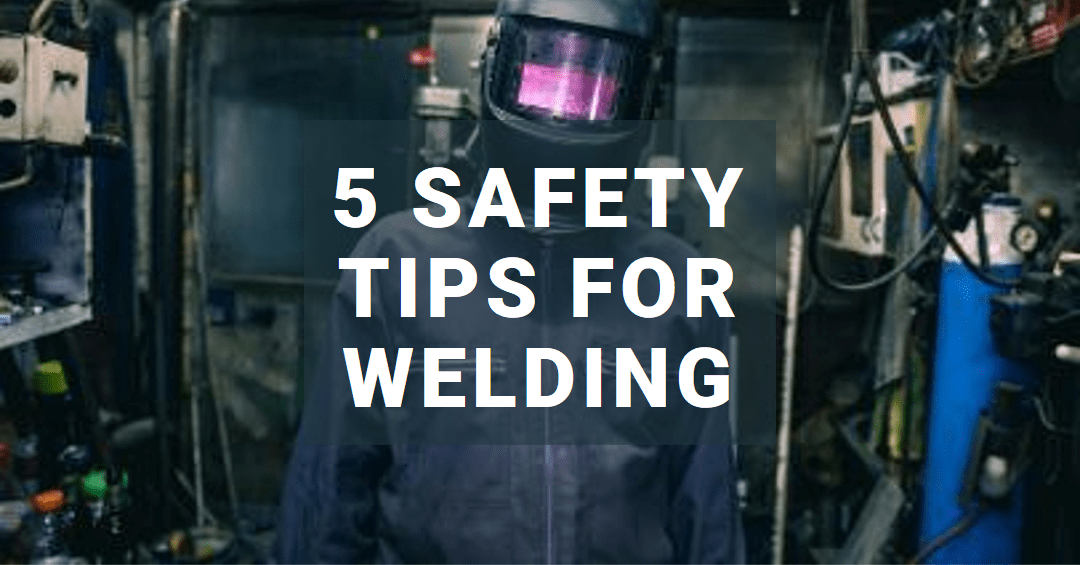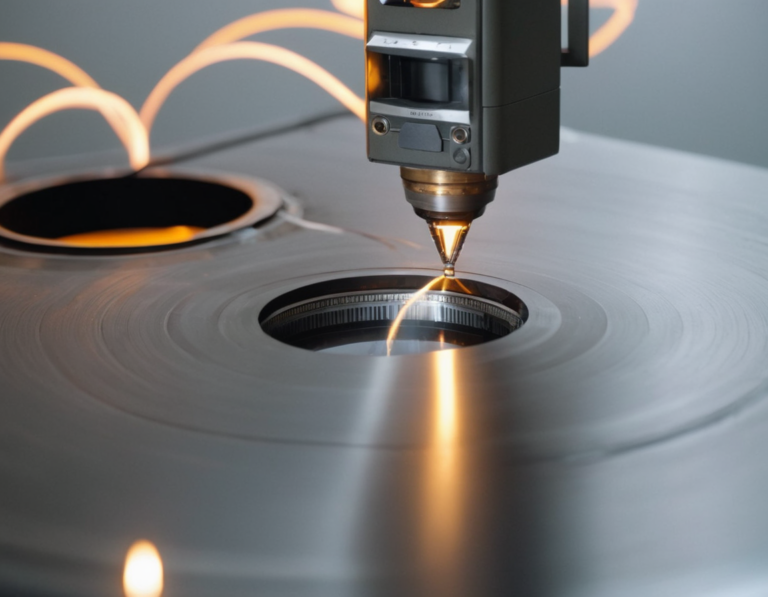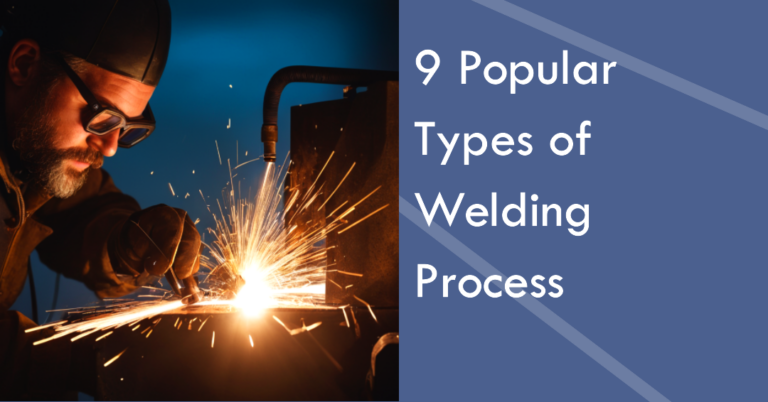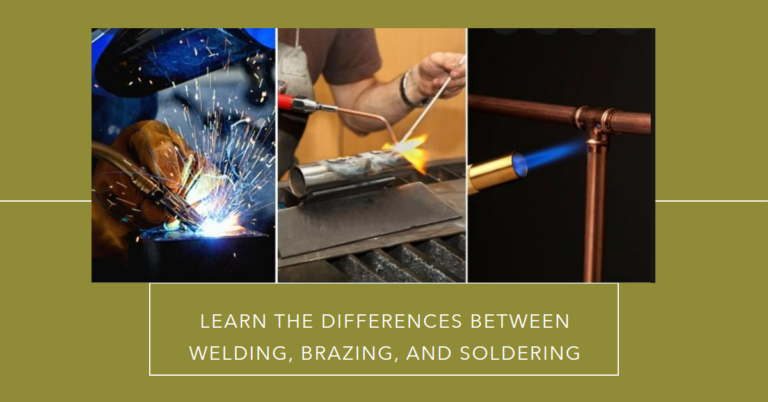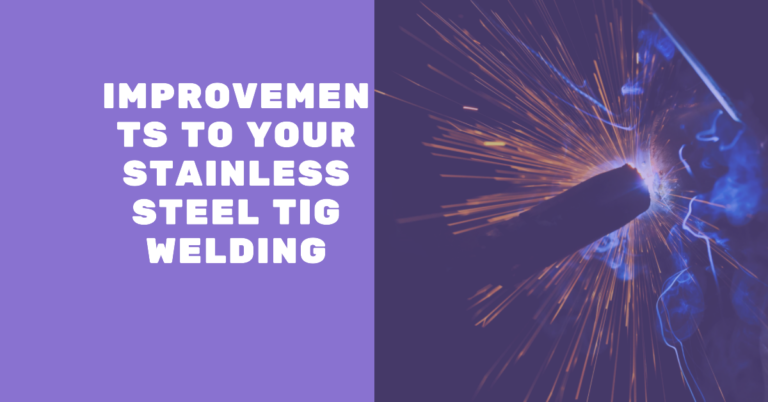Welding work is not so simple and easy. It needs some special skills and precautionary measures to complete all work with safety. The safety measures are not only crucial for the welder, but they are also vital for the surrounding people.
In this article, we bring here a list of safety hazards that will protect you and your surroundings during welding work. Moreover, all these hazards are essential to apply whenever you start welding work. Let’s have a look at some safety welding tips.
5 Safety Tips While Doing Welding
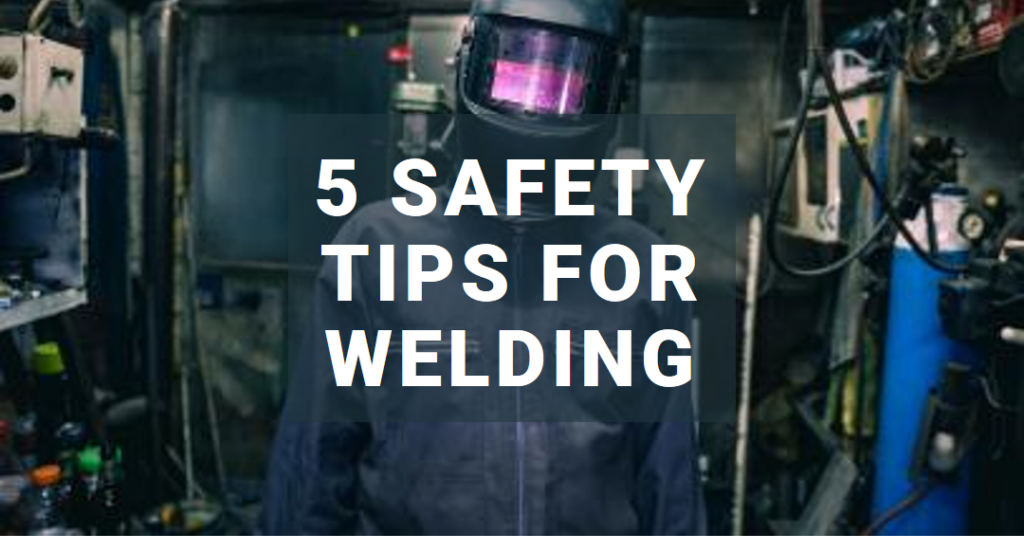
Wear necessary PPE
One of the essential requirements for welding is the wearing of personal protective gear. They are very vital for every welder to do some quality and defensive welding work.
Some welders refuse to wear the PPE because they may be not serious about their life and welding careers.
Helmet
Helmets are specially designed for welders to protect their eyes, face and head from heat, fire sparks, heat and UV traditional rays.
During work, some welders did not flip their helmets, that is a wrong practice. Warning of helmets with its flipping is compulsory for welding work.
If you don’t flip the helmet, you will have to suffer from short face burns and eye damage too.
Welding Boots
Next, PPE is welding boots that are almost similar to your work boots. You can do welding while warning simple work boots.
Because there is a chance of their burning due to hot sparks and they can damage your feet.
The welding boots are specially designed to withstand electrical current. They can bear the heat and protect your feet from burning.
Respirators
Respirators are a very grateful invention in the welding world for welder protection.
Welders wear a respirator on their mouths to breathe clean air. They have special filters that remove harmful gases and ensure the supply of oxygen for welders. They fit under large helmets; some have helmets.
Have not much space for them.
Gloves
In welding, all work is done by your hand. You can’t hold hot metal and other instruments for welding purposes. The welding gloves allow you to touch hot metals and do your work with safety.
They also protect your hand from harmful UV radiation. The immediate reaction of these rays has not much issue. But with time, they can create severe burn problems and even can cause skin cancer.
Welding Jacket
These jackets are designed as heat resistant jackets while they are made from spatter, fire and heat resistant material. They are designed in a way that they cover half of your body and full arms.
In their manufacturing, leather is also used while they also turtleneck features. These features protect your neck from spattering while even stopping them from going inside the jacket.
Electrical Safety
All electrical welding all-time produces high voltages that melt metal in seconds. These are very powerful and intense voltages because they can kill a human on the spot.
The old welding machines do have not many protection features in them. But with the advancement of technology, the new welding machines are manufactured in a way that they can protect you from electrocution.
However, still, all welders have to work carefully with these machines.
Another crucial thing to protect yourself from shocks is to avoid welding in the rain. In some cases, it may become vital to do welding in the rainy season, but you can protect yourself by using safety gear in that situation.
In these safety gears welding covers, water-resistant welding jackets, and water-resistant power lead with a residual current device are included. All these safety gears will protect you from small and intense electrical shocks.
Protect yourself from heat
The major element of welding is heat. Nobody can do welding without heating elements. Human skin is very sensitive to heat because a small spark of heat can completely burn your skin. Welding gloves are somehow the best invention in the welding world.
These gloves are designed just like heatproof ones, but they are not entirely heatproof. They protect you by the intense direct heat of melting metal, but they can not protect you all time. There should be some other safety measures that need to be taken if you want to protect yourself from heat.
The other major damage of welding is the head damage. Although welding helmets are made for the protection of the head, all helmets do not properly cover your head. During welding, some sparks and molten metal can easily interact with your hair. The hot spark can burn your hair which is not good.
With all of the welding safety tools, the only way of self-protection is to learn the right way of welding. If you learn the welding hand position and techniques of handling the hot metal, you can minimize the risk of burning.
The other best way of protection is the use of a step ladder. It will help you to take a higher position for welding and protect your body from burns.
Breathing in fresh air
Electrical welding includes the use of some gases like inert and nontoxic ones. These glasses are not very dangerous for human health. However, their exceeded amount can replace the needed oxygen and create asphyxiation.
During welding, there are some other dangerous and toxic gasses that are evolved when the metal surface burns. These glasses are not safe for human health.
Their daily intake may cause serious damage to your health and fitness. Moreover, they can also damage your lungs to a great extent. Take all safety measures and protect yourself from these glasses.
The best way of protection from these toxic gases is by the use of a respirator. Every welder should wear a respirator while welding.
The use of a respirator helps you to breathe without any intake of toxic gasses. It also protects your lungs from damaging gasses.
The next best way of protection is the use of an extractor fan that makes your welding area free from gasses and fumes. Its use is very beneficial when you are doing welding work in confined spaces. It takes out all the toxic gas fumes and ensures a maximum amount of oxygen for you to breathe.
Another amazing thing that helps to keep the welding place free from toxic gasses is the gas detector. Mostly they are used in confined spaces to detect the oxygen level.
When the oxygen level is started minimizing, they immediately notify you to take some safety measures or leave the place for some time. Besides this, they also take up the harmful gasses from the work area.
Keep the work area free from flammable material.
The most important thing that everyone should take care of is the removal of all flammable material from the welding work area. During welding, the spark of fire and molten metal particles can create a big blast if they interact with flammable material.
This thing could lead to severe injuries and damage not only to the workplace but also to the surrounding area too.
Inflammable materials mostly wood, fuel, and rags are found in the work area. These materials are hazardous if they caught fire because they burn all over the place in just a few seconds. Keep all these materials out of the workplace.
For more security always keep a fire extinguisher at your workplace. Immediately use it if any hot metal particles interact with a material that can catch fire. Do not ignore small ignitions of fire because they can turn into big blasts within seconds.
Conclusion
Summing up the article we try over best to give you all the safety tips to protect yourself from welding burns. If you follow all the instructions and apply the safety precautions, you will be able to do the best welding work without any burns.
Keep in mind that welding personal protective gear gives you protection to a limited extent. They are also tools, and they protect you according to their capacity. But if you want real protection, then start learning the different techniques and positions of welding.
In the last of our article, we hope that after reading the 5 safety welding tips now you will be able to do quality welding work without any burns. If you find these tips helping let us know in the comment box and never forget to share them with your colleagues and team members.

